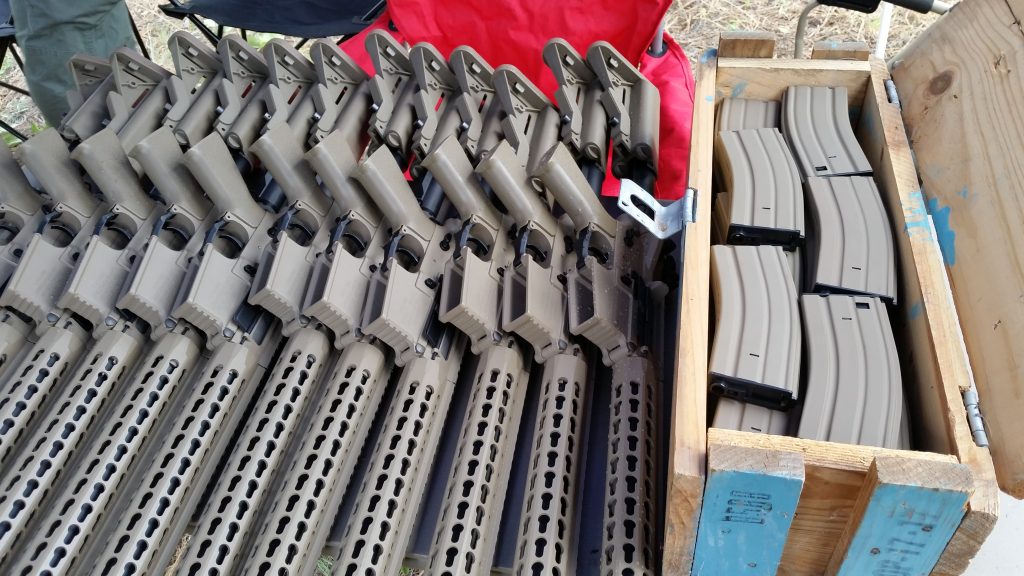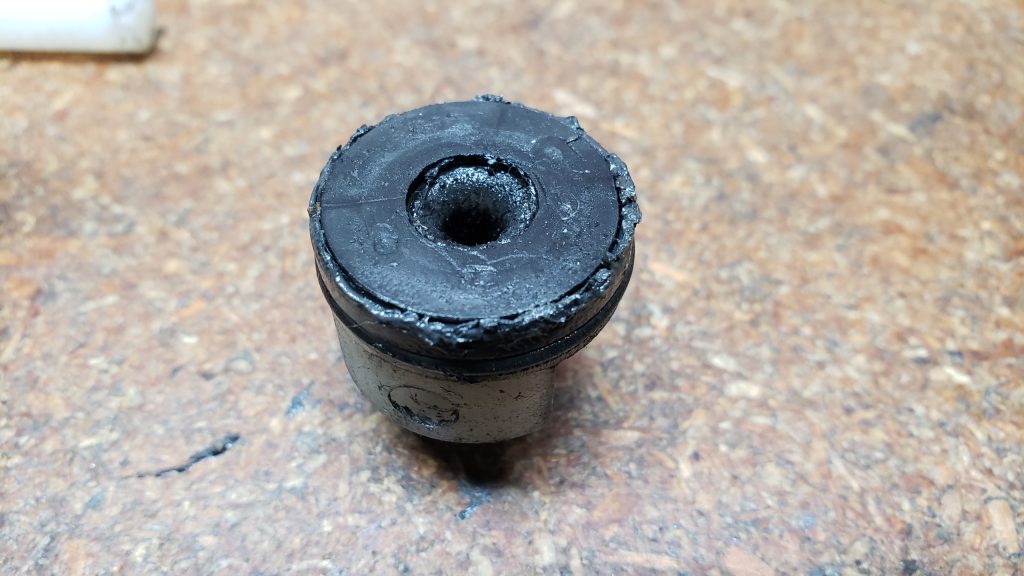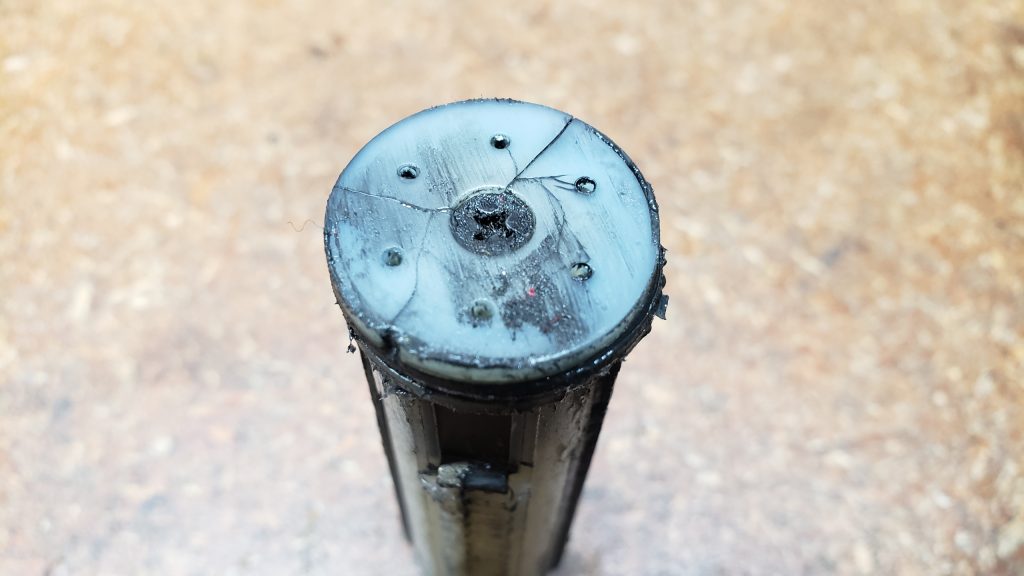
A rental “fleet” can be a lucrative and attractive option for field and store owners looking to fill a gap in their offerings and generate some extra income. It can also attract new customers and new players to the sport who may not otherwise be at first interested in investing fully into a new Airsoft gun.
What follows are some basic guidelines and considerations for field and store owners looking to establish a gun rental fleet. Much of this is based on firsthand experience with maintaining, advising and establishing rental fleets for various fields and store owners over the years.
Never buy rental guns based solely on cost
I often see this as the first mistake many make. When looking to to assemble your first rental fleet, you may at first be tempted to simply buy the cheapest COTS rifle you can find in sufficient bulk quantity to meet your projected needs; this is essentially a “quantity over quality” method of thinking with cost being the primary factor and ultimate dictate behind your decision.
This method of thinking is unfortunately very shortsighted and only focuses on the near-term goal of quickly amassing a large fleet as cheaply as possible. In most cases it does not account for ancillary purchases: eye protection, magazines, BB’s, batteries, charging stations, etc.. Moreover, it almost never accounts for maintenance and overhaul costs that will always be there. And in practically all situations, does not account for the cost of a Airsoft technician at all.

The age old adage holds true here: you get what you pay for. Cheap guns actually become more expensive to maintain and fix than expensive guns. Cheap guns also break down more frequently. The reasons for this are myriad but can be distilled down to a select few culprits: sloppy tolerances, poor quality control and cheaply produced parts. It should actually be understood that many of these cheap guns are manufactured with an eye towards disposability, with no intention of actually maintaining them. Worse yet, some are manufactured with planned obsolescence in mind or use the buying base as unwitting “beta testers” to iron out design flaws; which is a rather despicable practice in my opinion.

While many of these guns can be purchased for under a $100 or less through wholesale accounts and are a huge staple of many rental fleets, they aren’t really the cheapest to maintain. By the end of life cycle these guns typically require a complete overhaul. As they are largely lacking in quality parts to begin with (save some notable exceptions with certain components and brands), this typically means a 80 – 90% parts replacement is in order in the majority of cases.

In many respects, it can actually be cheaper to simply bin the rifle and buy a new one as opposed to hiring a technician to fix and replace parts. As the average fee for a non-minimum wage earning Airsoft tech is typically around $30 an hour (plus parts), the labor fees alone can easily exceed the cost a new gun in many cases.
This is not to say you should go out and buy $1500 AEG’s to populate your rental fleet – those are ‘specialist’ guns that service buyers who want the very best and lack the means or skill to build it themselves – and are willing to pay for it. You wouldn’t let a new and untested driver test run your Ferrari anymore than you’d let a novice to Airsoft field your $1500 rifle.
Be careful who you tie your flag to
An important consideration is the level of support you will be offered by whichever company you elect to do business with. Obtaining a rental fleet is usually done either through direct purchase with the manufacturer, a distributor, or a third party reseller.
The first, will sometimes be willing to provide a sample rifle for testing and evaluation purposes. This can be useful in determining if their product is the right fit for you. In many cases, however, they will not do business with small clients, and only service their large distributors. This is not always the best avenue for obtaining a good deal either. As the vast majority of these companies are located in Asia, it’s not unusual to encounter a language barrier issue. As well, shipping bulk quantities can be quite expensive – with some manufacturers having Minimum Order Quantities well into the tune of multiple thousands of dollars.
The second will typically be a large retailer / distributor with a well established market presence in your country. Any warranty claims will generally be handled directly by them, and they may or may not offer you things like extended warranties and technical support. If you have a business license, they will generally be agreeable to providing you with dealer / wholesale pricing which can help save you money and give access to thousands of additional products at reduced cost.
The third will usually be your small brick-and-mortar store or online retailer who are usually comprised of few employees or often an “Army of One”. The level of support is usually inverse to their actual size; they can often be the most personable and willing to help you in all facets of the purchasing process – even providing full technical support if capable. They can also sometimes cut you a better deal than the manufacturer or distributor as they have to act more aggressively to generate sales against otherwise stiff competition. This type, and the distributor will also generally be a better source for obtaining a complete “system”, i.e. guns, eye-pro, magazines, ammunition, spare parts, etc.
As someone who has maintained a large number of wholesale accounts over the years, quality dealer support is an often underlooked and underappreciated facet of doing business. A company that has positive employees with a solid work ethic who go out of their way to provide you with support and quality products is worth it’s weight in gold. Cherish them.
Unfortunately, it’s become rather common for distributors and manufacturers to (pardon the French) shit on their dealers as we continue to see massive conglomerations form. Poor dealer support can really put a deleterious linchpin in your operations. Perhaps ironically, this usually is the result of single disinterested employee, but can also be a top-down problem and reflection of the business as a whole. This can ultimately have a poisonous effect on your business if it results in a tarnished reputation for you.
My advice is simple: if they can’t or won’t provide quality support, then scrape your feet clean and move on. There’s always someone else out there.
Same in, same out
It is advisable that you also make an effort to purchase the exact same gun for your entire rental fleet. The aim of this is to streamline your offering to a consistent product across the board.
The secondary benefit (which is probably the more important one) is to streamline your maintenance and labor costs. Permanently sidelined guns can also be salvaged for parts that can be used to maintain operable guns without fear of compatibility issues.
It can be problematic trying to maintain multiple variants that use differing configurations. This ultimately complicates your supply chain.

Proprietary = Bad
For a rental fleets with the aim of maintaining their guns, this is a very important consideration, and one that should not be taken lightly. It is imperative that you be able to have a ready and easily accessible supply of spare parts.
I would strongly suggest limiting your fleet to only Version 2 or 3 designs that have a very well established aftermarket support network. While it may be tempting to add a couple of oddball guns for the “cool” factor (smite the thought), these will inevitably represent a net loss and a time and money sink. Especially if replacement parts are scarce to non-existent, can only be procured from limited sources, or as in the case of some designs, prohibitively expensive (GBLS DAS anyone?)
Which brings us to the next point:
Never underestimate how abusive your clientele can be
Rental fleets see an inordinate amount of abuse. Maintenance (and often a lack thereof) aside, these are largely handled by individuals with no sense of how an Airsoft gun operates or works. Being that the end user has no real stake in your investment also means they may be less inclined to treat it with respect. We all know that there are those that lack this virtue altogether. This can be further exacerbated by employees with little interest in looking after your rental fleet and simply exist to clock in and out. I’ve actually seen situations where the employees themselves were more harmful to their rental fleets than the customers.

It’s not uncommon to see a plethora of broken stocks, missing parts, or even guns that were inexplicably “modified” by renters. Many rental fleet rooms are filled with the dead carcasses of broken guns.
Keeping this in mind, your fleet should be based around guns with a proven track record of handling abuse and random acts of carelessness.
A quality Airsoft tech is worth their weight in gold
Any business looking to establish a rental fleet should strongly consider hiring or sub-contracting out a technician to help maintain their investment. As well, a proficient tech can oftentimes easily diagnose and fix minor issues that would otherwise cause a gun to be set aside for lack of knowledge, thereby reducing downtime and keeping customers happy.

A good technician can also keep a gun working well past it’s average lifespan, which may or may not be especially cost effective. But if you’re the sort who’s determined to never cycle out old inventory, this can be an appreciated feat.
The fact of the matter is, it is a 100% certainty that all of your guns will go down at some point in time. That is unfortunately the nature of Airsoft and the inherent design flaws, quality control and limitations of the parts. The key thing is determining whether the failure is the result of a major breakdown (stripped piston, broken gears, cracked gearbox shell, etc.) or a relatively simple failure (separated Tamiya plug, bad battery, bad o-ring, torn bucking, etc.) . If you have no experience in diagnosing these things yourself, it would be wise to consider hiring someone who does.

Don’t forget the extras
Purchasing a rental fleet doesn’t just stop at the guns. There’s always additional costs that you will not have accounted for. Eye protection / paintball masks, barrel condoms, ammunition, batteries, battery chargers, spare parts, storage space, etc.
To adequately understand this, you should really consider more than just the gun itself, but rather a whole systems approach. I’ve seen a number of well-intentioned efforts stall out because they spent their entire budget on guns, only to realize they forgot everything else.
The mission dictates the gear
Before purchasing a rental fleet, you should make careful note of what it is you actually need. Is there a market opportunity for this in your area? How many customers do you expect to serve at any one time? Does your current business model have the budget for it? Are you an indoor or outdoor field, or both? Are you going to be servicing walk-ins or providing training weapons for military and law enforcement customers? The latter will often have very different requirements from your average walk-in, and may dictate that you purchase guns that match their issued weapon. Sometimes not.

These are just some of the things to take into consideration. Maintaining a tight focus can significantly help you in making a useful determination.
There are many aspects to consider and ponder when thinking about a rental fleet. Avoiding some costly beginner mistakes will ultimately pay for itself in time and money saved.